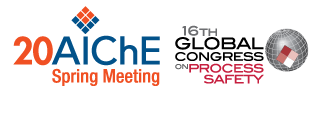

A number of data sets are available but the most comprehensive of these is the UK’s Hydrocarbon Release Database (HCRD) which captures the details of almost 5000 leaks for UK offshore installations from 1992 to the present day. Thus, the HCRD is the most common source of leak frequency data, in both the US and the UK as well as in many other parts of the world. Generic leak frequencies derived from this data are often used in analyses of onshore process plants and refineries due to the lack of more specific data.
Revised correlations for leak frequencies and hole size distributions have been developed by DNV GL on behalf of the International Association of Oil and Gas Producers (IOGP). These correlations indicate a significant reduction in leak frequency which has implications for risk-based design and operational decision making.
With such a high dependence on the use of the HCRD it is important that the reporting, recording, collation and interpretation of the data is thorough and technically sound. There have been initiatives in recent years to improve the way this is done and thereby the accuracy of the estimates produced.
This paper discusses how these correlations were derived and the measures taken to ensure their robustness. The paper also explores the impact of using the updated frequency correlations in quantitative risk assessments and future work scopes which may provide deeper insight.
Presenter(s)
Language
Pricing
Individuals
| AIChE Member Credits | 0.5 |
| AIChE Pro Members | $19.00 |
| Employees of CCPS Member Companies | Free |
| AIChE Graduate Student Members | Free |
| AIChE Undergraduate Student Members | Free |
| AIChE Explorer Members | $29.00 |
| Non-Members | $29.00 |
